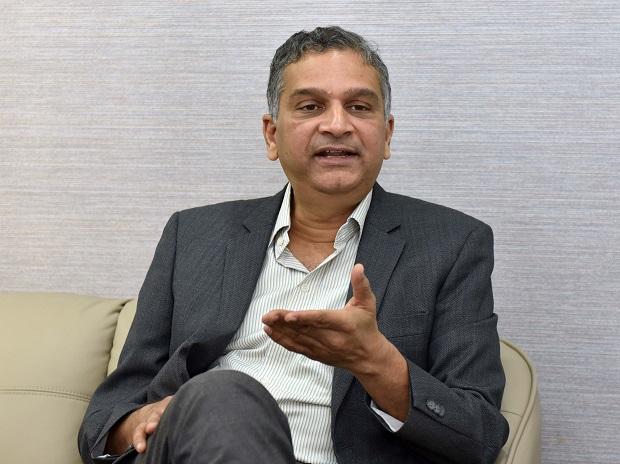[ad_1]
There are evidently a lot of expectations from any Budget and this one will be no exception. Given the series of policy announcements made by Finance Minister Nirmala Sitharaman in the last 9 months it is reasonable not to expect more this time. So, what would be the areas of focus for the FM?
First is the thrust on healthcare and this will probably be the main area where the expenditure will be concentrated. Presently it is not clear as to how the Covid vaccine would be administered and depending on the final plan, allocations have to be made by the centre. This may also get included in the grants given to states under the centrally sponsored schemes of the government. Depending on the coverage of the population, this will be something which the pharma industry will be closely watching.
Second, on the taxation front while the different segments will be expecting relief, it should be understood that there has been a major slippage this year with the GDP contracting, though the extent may not be known today. This means that any growth in GDP this year will actually take tax collections under the present rate structure to just about what was targeted for FY21 in FY22. This shows the limited space available to give relief. On the other hand, it is likely that a cess would be imposed on certain income groups for the pandemic, which will hurt these sections, but will be justified on grounds of sacrifices that have to be made by the higher income groups.
Third, the disinvestment programme this year has gone down under due to the lockdowns imposed to curb the spread of the coronavirus. The curious point is that if the government had (or probably still can do in the next three months) been aggressive this year, the time was opportune for disinvestment given the high level of the markets. The valuations would have been attractive. The finance minister will probably have a more definite plan this time when the disinvestment programme is announced.
Fourth, the government would have to continue with some of the pro-poor schemes which cannot be cut down for sure and may have to be increased depending on an evaluation of the ground level situation. The kisan cash transfer, food subsidy, interest subsidy, free food for the needy, MGNREGA allocations would deserve the same, if not higher, allocations and hence the ‘relief’ part of the budget would be significant. It would be of interest to see how these numbers look.
Finally, the crucial number would be the fiscal deficit ratio which will probably the most challenging for the government. The fiscal deficit ratio for FY21 is likely to be around 8-9 per cent which can come down if the government cuts expenditure drastically in the last two months. However, the total borrowings for this year are at Rs 13.1 trillion which is 6.5 per cent of the GDP. The withdrawals from cash balances and NSSF have to be added further and hence the number can at best be 8 per cent. It is not possible to aim at 3.5 per cent and there has to be a downward path traced in the budget which moves to 3 per cent in the next 3-4 years. There will also be the disadvantage of nominal GDP which even with 10 per cent real GDP growth touch around Rs 220 lkh crore. Therefore, the markets will be looking closely at this number.
The fiscal deficit number is important also from the point of view of the future course of monetary policy which will be defined by this path. The RBI has to play a major role to facilitate the same and this becomes the pivot for future policies. The repo rate may have to be raised given the inflation trajectory, but the liquidity support measures have to be persisted with.
Madan Sabnavis is chief economist at CARE Ratings and author of “Hits & Misses: The Indian Banking Story”. Views are personal.
[ad_2]











